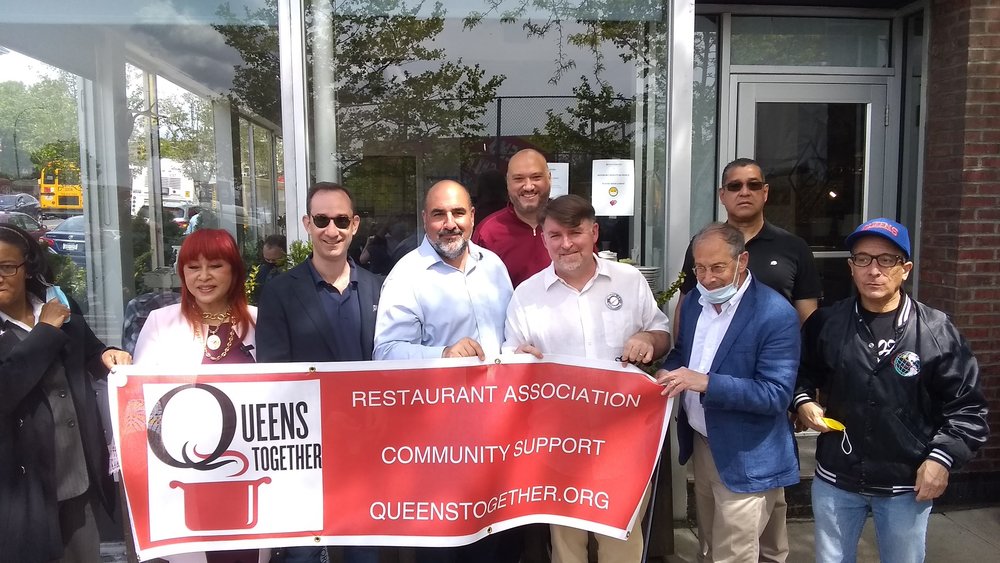Queens College Knights make All-ECC teams
Four Queens College Knights were named to the East Coast Conference All-Conference team.
Freshmen first basemen Reed Hoskins earned a First Team selection. Freshmen outfielder Andrew Smith, sophomore left-handed pitcher Liam Pulsipher, and sophomore left-handed pitcher Dean Fazah made the Second Team.
Hoskins is the second freshmen for the Knights to earn First Team honors. He started in 24 games and in 77 at-bats went on to lead the Knights in batting average (.351), doubles (7), total bases (41), hits (27) and triples (2).
On the season, Hoskins was awarded Rookie of the Week honors in the last week of the regular season.
“Reed was a big part of our success this season,” said coach Chris Reardon. “He transitioned into a new role and excelled at first base and was a mainstay in the starting lineup while batting in the middle of the order for us.”
Smith was a consistent performer in his first year as a Knights as he appeared and started in 21 games either in right field or as the designated hitter in the starting lineup.
He ranked among the top five leaders in several categories, and he produced eight multi-hit performances on the year.
One of two pitchers to be named all-conference for the Knights, Pulsipher was a pillar in the starting rotation. Starting seven games, he produced a 3-2 record pitching 38.2 innings with a second-best ERA of 3.26, with opponents batting only .196 against the lefty.
Among the Knights pitching rotation, he ranks second in strikeout (40), while tied for eighth among conference pitchers.
Nationally he is ranked 42nd in Hits Allowed Per Nine Innings (6.12).
He opened the season with a win pitching 5.0 IP, allowing 4 hits, ER, and struck out five in the Knights 7-4 win over the Cougars.
On April 10, he produced a complete-inning gem, as he shut out the D’Youville College Saints, allowing only three hits and striking out a career-high 12 batters.
Fazah showed his experience throughout the season as one of the backbones in the Knights pitching rotation.
On the season, he appeared in eight games and made four starts to finish the regular season with a 3-1 record. He pitched 32.0 innings, leading the Knights in strikeouts (42) with an ERA of 3.94. He held opponents to a .260 batting average.
Nationally he ranked 41st in Strikeouts Per Nine Inning (12.49).
“In his first year with us Dean showed us his versatility and value throughout the season,” said Reardon. “He could be a spot starter as well as being a relief pitcher out of the bullpen.”




